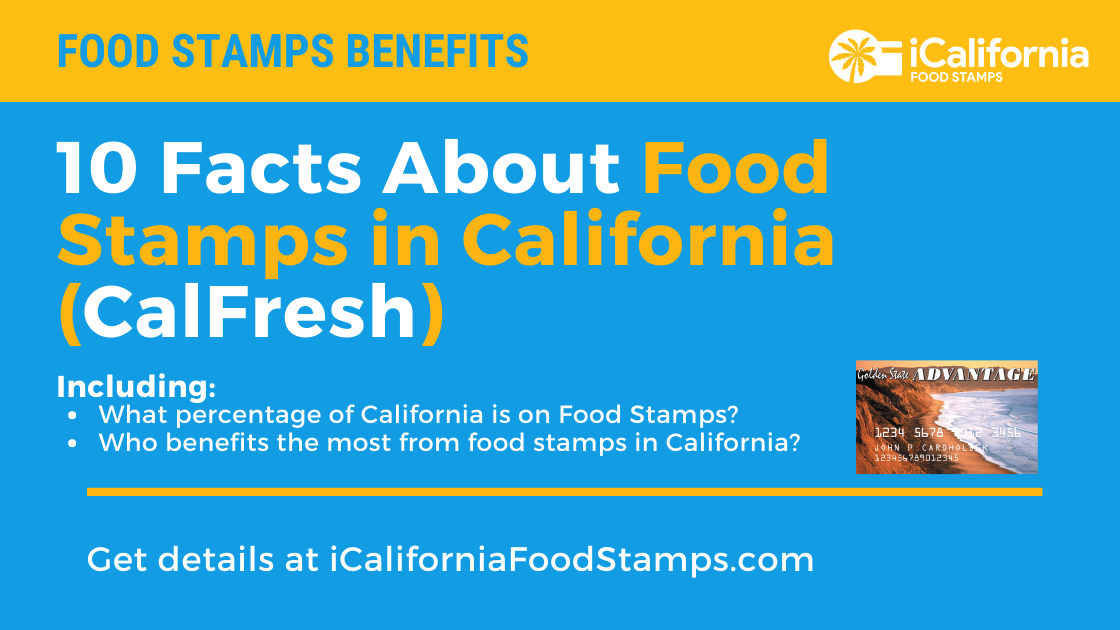Culinary Arts Degree Timeline: Complete Guide to Education Duration
Culinary arts degree timeline: what to expect
Pursue a degree in culinary arts offer a pathway to a creative and rewarding career in the food industry. Whether you dream of become an executive chef, open your own restaurant, or specialize in pastry arts, understand the time commitment require for culinary education is essential for plan your career path.
Quick answer: how farseeing does a culinary arts degree take?
The time require completing a culinary arts degree vary base on the program level:

Source: vocation.ccdc.edu
- Certificate programs: 2 8 months
- Diploma programs: 9 12 months
- Associate degree: 1.5 2 years
- Bachelor’s degree: 3 4 years
- Master’s degree: 1 2 additional years
Certificate and diploma programs: the fast track
For those look to enter the culinary field chop chop, certificate and diploma programs offer the shortest path.
Certificate programs (2 8 months )
Certificate programs focus on teach fundamental cooking techniques and basic kitchen skills. These programs are ideal for individuals who want to:
- Test the waters before commit to longer programs
- Gain entry level positions in the food service industry
- Learn specialized skills in areas like bake, pastry, or specific cuisines
Most certificate programs require full-time attendance and include hands-on kitchen training. They typically don’t include general education courses, focus solely on culinary skills.
Diploma programs (9 12 months )
Culinary diplomas offer more comprehensive training than certificates while distillery provide a comparatively quick entry into the profession. These programs typically cover:
- Advanced cooking techniques
- Kitchen management basics
- Food safety and sanitation
- Menu planning
- Purchasing and inventory control
Many diploma programs include an externship component, allow students to gain real world experience in professional kitchens before graduation.
Associate degrees: the industry standard
Associate of applied science in culinary arts (1.5 2 years )
An associate degree represents the virtually common educational path for aspire culinary professionals. These programs combinehands-onn culinary training with general education requirements and business courses relevant to the industry.
The curriculum typically includes:
- Culinary foundations and techniques
- International cuisines
- Baking and pastry fundamentals
- Food and beverage cost control
- Nutrition
- Restaurant operations
- Hospitality management principles
Almost associate programs require roughly 60 70 credit hours and include an internship or practicum experience. This degree level strikes a balance between comprehensive education and reasonable time commitment, make it popular among career changers and those serious about culinary careers.
Accelerated associate programs
Some culinary schools offer accelerate associate degree options that can be complete in a little as 15 18 months. These intensive programs typically require full-time enrollment with minimal breaks between terms.
While accelerate programs can get you into the workforce fasting, they demand significant time commitment and may not allow for part-time work during your studies.
Bachelor’s degrees: comprehensive culinary education
Bachelor of arts or science in culinary arts (3 4 years )
A bachelor’s degree provide the virtually comprehensive education in culinary arts, combine extensive hands-on training with broader business, communication, and liberal arts courses. These programs typically require 120 130 credit hours and prepare graduates for management positions and entrepreneurial ventures.
The curriculum build upon associate level content while add:
- Advanced culinary techniques and artistry
- Research and development
- Food writing and media
- Business planning and entrepreneurship
- Human resources management
- Marketing and public relations
- Sustainable food systems
Many bachelor’s programs include multiple internship experiences or a capstone project. This degree level is specially valuable for those aim for executive chef positions, restaurant ownership, or corporate food service management.
Specialized bachelor’s programs
Some institutions offer specialized bachelor’s degrees that combine culinary arts with other disciplines:
- Culinary science
- Culinary nutrition
- Food studies
- Culinary management
- Hospitality and restaurant management
These specialized programs may require additional time or coursework beyond a standard culinary arts degree.
Advanced degrees: for culinary leadership and education
Master’s degrees in culinary arts (1 2 years post bachelor’s )
Master’s programs in culinary arts are less common but grow in popularity. These advanced degrees focus on research, innovation, and leadership within the culinary field. Programs typically require 30 45 credit hours beyond a bachelor’s degree.
Common specializations include:
- Gastronomy
- Food studies
- Culinary education
- Food science
- Sustainable food systems
Master’s degrees are specially valuable for those interested in culinary education, food writing, research and development, or high level corporate positions.
Factors affect program duration
Full-time vs. Part-time enrollment
The timeframes mention supra assume full-time enrollment. Part-time study can importantly extend the time need to complete a degree. Many culinary schools offer flexible scheduling options to accommodate work students, though hands-on kitchen classes oftentimes require set meeting times.
Program structure and academic calendar
Program duration vary between institutions base on:
- Quarter vs. Semester systems
- Block scheduling vs. Traditional term formats
- Year round vs. Traditional academic calendars
- Required externship or internship lengths
Some culinary schools operate on accelerated schedules with shorter breaks between terms, allow students to complete programs more promptly than at traditional colleges.
Prior experience and transfer credits
Students with previous culinary training or college credits may qualify for advanced standing, potentially reduce program length. Many schools offer credit for:
- Professional certifications (like sservice))
- Military culinary training
- Document work experience
- Applicable transfer credits from other institutions
online vs. Traditional culinary programs
While culinary arts education traditionally require in person training, some components can directly be complete online. Hybrid programs combine online coursework with in person kitchen practicums.
Online program considerations
Online culinary programs typically:
- Deliver theoretical content through virtual lectures and demonstrations
- Require students to complete cooking assignments at home with photo / video documentation
- Include periodic in person intensive sessions at campus facilities
- Arrange local externships for hands-on experience
While online options may offer more flexibility, they broadly take the same amount of time to complete as traditional programs and may not provide the same level of hands on instruction.
Beyond formal education: additional time investments
Apprenticeships and externships
Many culinary programs include require externships range from a few weeks to several months. These practical experiences provide valuable real world training but extend the overall time commitment.
Traditional apprenticeships, while less common in the United States than in Europe, typically last 2 3 years and combine pay work with formal instruction. These can be standalone career paths or supplements to formal education.
Professional certifications
Beyond degrees, culinary professionals oftentimes pursue certifications to demonstrate expertise. These require additional time investments:
- American culinary federation (aACF)certifications: Preparation time vary by level, from certified Bulgarian to certified master chef
- Specialty certifications: Programs in areas like pastry arts, charcuterie, or wine expertise typically require weeks to months of study
- Management certifications: Programs like the service manager or ffood servicemanagement professional typically require 1 3 months of preparation
Is a culinary degree worth the time investment?
Career advancement potential
While it’s possible to enter the culinary field without formal education, a degree can accelerate career advancement. Accord to industry data, culinary graduates oftentimes:
- Start at higher positions than non degree counterparts
- Advance to management roles more rapidly
- Command higher starting salaries
- Qualify for specialized positions in fine dining, corporate settings, or food media
Return on investment considerations
When evaluate the time investment of a culinary degree, consider:
- Program cost vs. Potential earnings
- Income lose during full-time study
- Career goals and whether they require formal education
- Network opportunities provide by the program
For many culinary professionals, shorter certificate or associate programs offer the best balance of education and return on investment.
Alternative paths: learning culinary arts without a degree
Not everyone follow the traditional degree path in culinary arts. Alternative approaches include:
- Work your way upwards: Start as a prep cook and advance through kitchen positions (timeline vary greatly, typically 5 10 + years to reach chef level )
- Stage experiences: Short term, oftentimes unpaid positions in prestigious kitchens to learn specific techniques (typically 1 6 months each )
- Workshops and boot camps: Intensive short courses focus on specific skills (typically 1 day to 2 weeks each )
- Self direct learning: Combine cookbook study, online tutorials, and practice (timeline alone dependent on individual dedication )
Choose the right culinary program length for your goals
The ideal program length depend on your career aspirations:
For entry level positions
Certificate or diploma programs (2 12 months )provide sufficient training for positions like:

Source: degreecouncil.org
- Line cook
- Prep cook
- Baker’s assistant
- Catering staff
For mid-level culinary careers
Associate degrees (1.5 2 years )prepare graduates for roles such as:
- Sous chef
- Pastry chef
- Specialty chef (saucier, ppoisoner etc. ) )
- Kitchen manager
For advanced culinary careers
Bachelor’s degrees (3 4 years )or higher support career paths include:
- Executive chef
- Restaurant owner / entrepreneur
- Food and beverage director
- Corporate chef
- Culinary educator
- Food writer or stylist
Make the most of your culinary education time
To maximize the value of your culinary education:
- Research programs exhaustively to find the best fit for your goals
- Take advantage of all externship and network opportunities
- Seek part-time industry work while study if possible
- Participate in competitions and special events
- Build relationships with instructors and industry contacts
- Develop a specialty or unique skill set to stand out
Conclusion: find your culinary path
The journey to become a culinary professional can take anyplace from a few months to several years depend on your choose educational path. While longer programs provide more comprehensive training, shorter options allow quicker entry into the workforce.
Finally, the time investment in culinary education should align with your career goals, financial situation, and learn preferences. Many successful culinary professionals combine formal education with continuous on the job learning throughout their careers.
Whether you choose a quick certificate program or a comprehensive bachelor’s degree, the culinary arts field rewards passion, creativity, and dedication to the craft. The time spend develop your skills through education is an investment in a creative and fulfilling career path.



